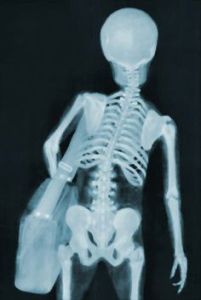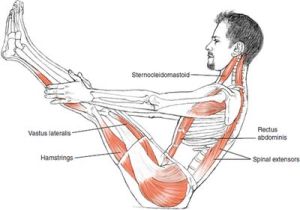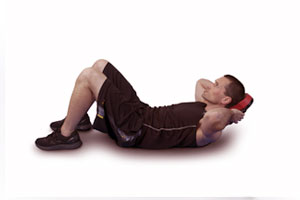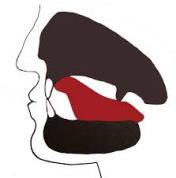Many gym clients ask about neck tension. They felt they got in a good workout the other day, and are not sure why but they wake up with a stiff neck. They didn’t notice anything feel off during the workout. Sound familiar to you?
So what happened?
It’s a combination of weak and tight neck muscles (tight muscles are always weaker) and elevated shoulders (overly active traps and levator scapulae muscles for the most part).
Elevated Shoulders and lack of independent movement
It’s become pretty common knowledge that our modern chair-bound life has created a lot of physical problems for us. We do move less and we actually move in fewer ways. For example, how often during your work week do you overhead carry reams of paper up the stairs, climb a wall, bear crawl across the floor, do a back bend to grab a pen? We have gotten so tight and weak that we can not do many independent movements. Our shoulder stabilizers are not strong, our lats and external rotators may not be functioning properly and we are so used to hunching our shoulders up to our ears with daily stress. The neck and shoulders now move in unison instead of producing independent movement. For example, picking up a cup of coffee. Did your shoulder come up to your ear along with it?

If you pay attention you’ll start to notice that you elevate your shoulders, over recruiting your upper traps for a lot of movements. They don’t need to come along for the ride.
Hold your head up
Then you add in weak neck flexors. Due to years of doing a bazillion crunches while holding the head (improper ab training), most of us are recovering from over developed trunk flexors (rectus abdominis) and weaker neck flexors to hold our heads. From this imbalanced training, the trunk flexors have gotten stronger and the neck flexors, which should work together, have been left behind. Our head can not function self-supported and we must actually hold it up with our hands during exercise.

Look at the body you can see the connection and that functionally these muscles should work together .
To stabilize the neck, you must maintain proper tongue position. Your mouth should remain closed with your tongue resting naturally at the roof of your mouth, behind your teeth. Say the letter “N”…..”nnnnnnnnnnn” that is where your tongue should rest. About the same position as when you swallow.
Why do this? Why does this matter?
1.When your mouth is open your body compensates to open up the airway for you to breathe by moving the head forward (you’ve probably heard that forward head posture is something to avoid. And…it doesn’t look so good.)
2. This helps stabilize your neck. Deep neck flexor muscles are not properly activated to support the weight of your head unless your tongue and jaw are in proper position.
Studies have shown that a low-load program of craniocervical flexion exercise focusing especially on motor control of the deep neck flexors has been shown through clinical trials to reduce neck pain and headache.
So, in conclusion…
Pay attention to your neck and shoulders. Are you elevating your shoulders and over recruiting your traps?
Keep proper tongue position when doing ab work with your head unsupported, and stop once your neck gets tired so that you can balance your neck and trunk.


